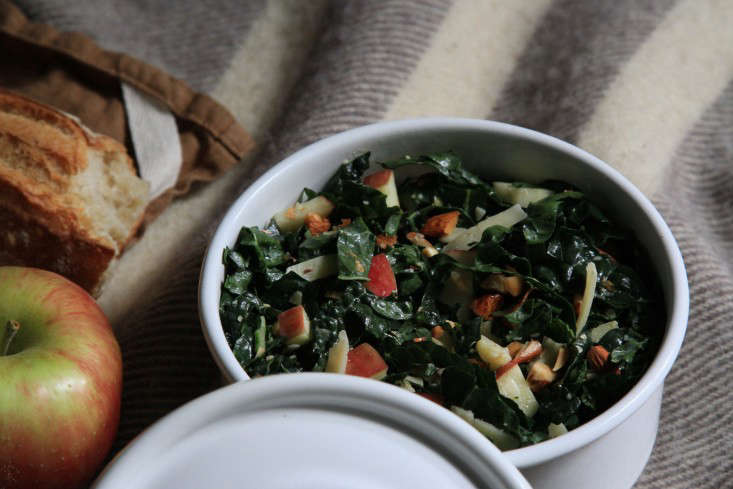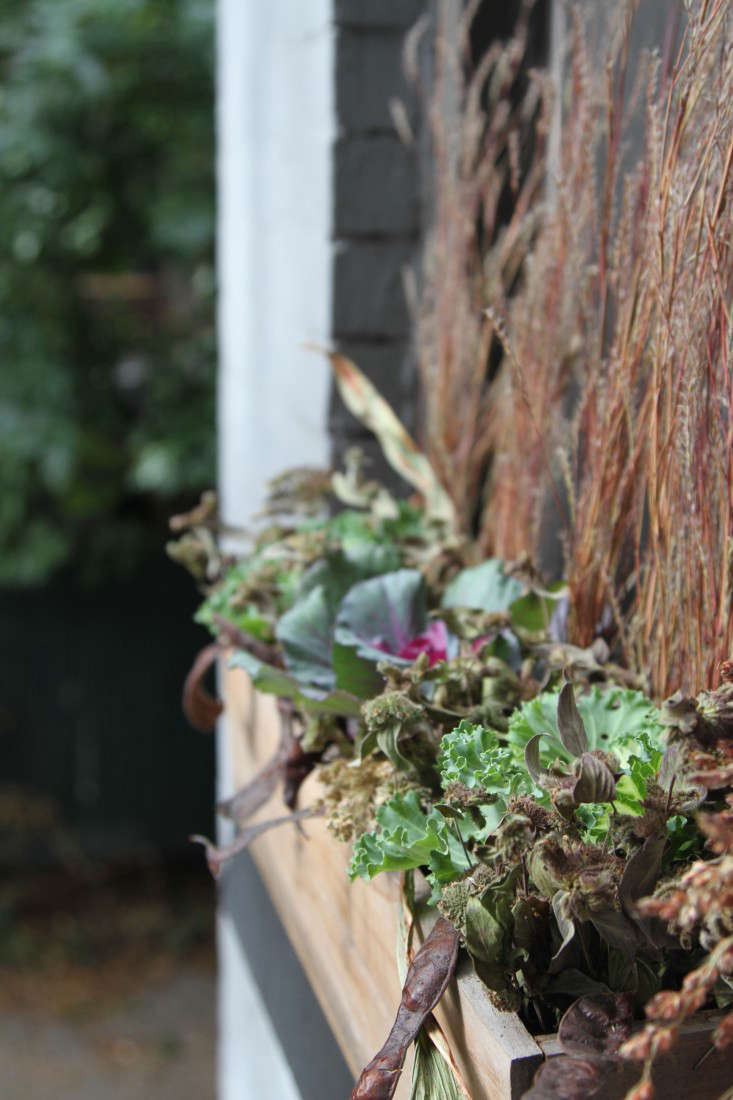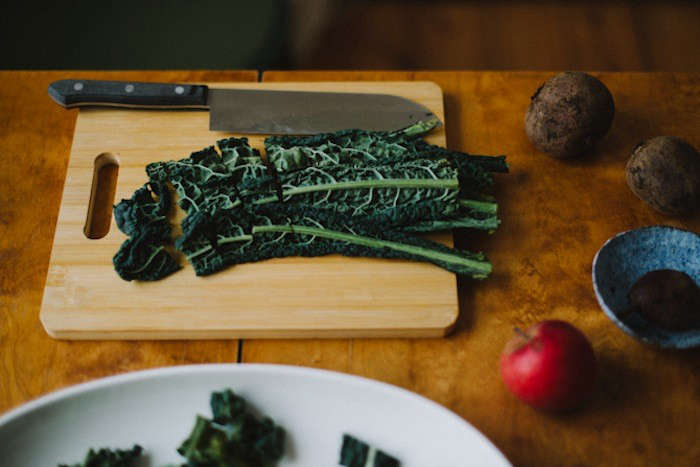Kale (Brassica oleracea): “Faddy for a Reason”
While it’s easy to roll your eyes at the fad of kale–the foodie darling, nutritionist’s dream, hipster-approved fad–I have a feeling that kale will become the little black dress of food. It’s a kitchen classic. Like black in fashion, kale has been around for a long time. Two thousand years ago, Greeks and Romans were probably not baking kale chips and wearing kale panties, but they planted gardens full of the dark, leafy green.
Of course they did. Kale has a long harvesting period, lasts well off the vine, can be grown and even thrives in cool climates, withstands frost, and packs a nutritional punch unrivaled, calorie for calorie, in the vegetable world.
N.B.: Featured photograph by Laura Silverman, from Garden-to-Table Recipe from a Cook’s Garden: Eat Your Greens.

Kale boasts a laundry list of health benefits, from fiber to iron to tiny phytonutrients of goodness, but all you need for proof is to notice the glow of smugness that envelops you after consumption.

For something so virtuous, it tastes wonderful: complex, sweet, nutty, and earthy all at once. Try it blanched, steamed, sautéed, melted in soups, chopped raw (and massaged) into salads, or layered into lasagna.

Cheat Sheet
- Mix a few different varieties of kale for texture and color in the garden and in your meals
- Excellent companion crop adaptable to many climates; curly and flat-leaved varieties are available in a range of subtle blues, grays, greens, and purples
- Like most brassicas, kale enhances the growth of most alliums including garlic, onions, and shallots
Keep It Alive
- Plant kale in full sun and keep soil moist, but not soggy
- Kales thrives in containers or in the ground
- Plant throughout the growing season to keep the harvest coming (in warm climates, plant in early spring and harvest; plant a second crop in late summer)

Different cultivars are distinguished by the size and length of stems and leaves, as well as relative frost resistance. Curly, plain-leaved, rape, and lacinato are the standard varieties. Red Russian is a great pick for winter kale; it has reddish purple veins in a green leaf and turns purple in the cold.

If you’re planting in your home garden, aim for three to four plants per person in your household. To prolong your harvest, snip the outer leaves when they are from 4 to 6 inches long, and you’ll have plenty of tender, new growth in the center. Amend your soil well before planting, and as each plant grows, trim droopy or yellowing leaves.
Read More:

See more ideas for using kale in ornamental arrangements in Hardscaping 101: Tree Beds.
Finally, get more ideas on how to successfully plant, grow, and care for kale with our Kale: A Field Guide.
Interested in other edible plants for your garden? Get more ideas on how to plant, grow, and care for various edible plants (including flowers, herbs and vegetables) with our Edible Plants: A Field Guide.









Have a Question or Comment About This Post?
Join the conversation